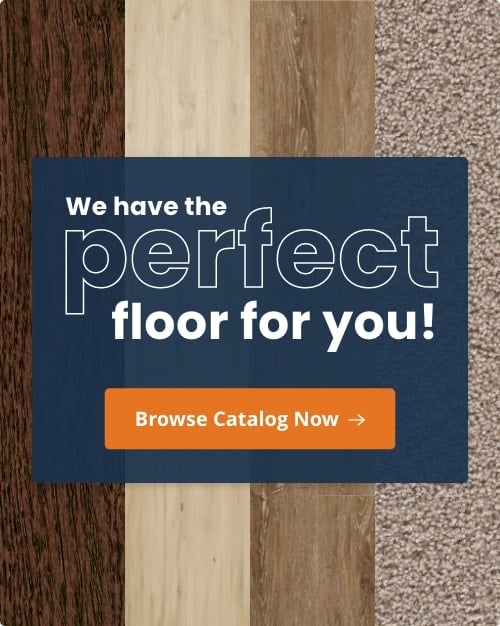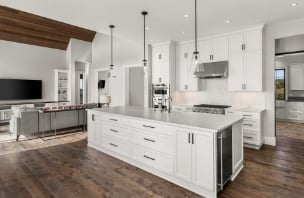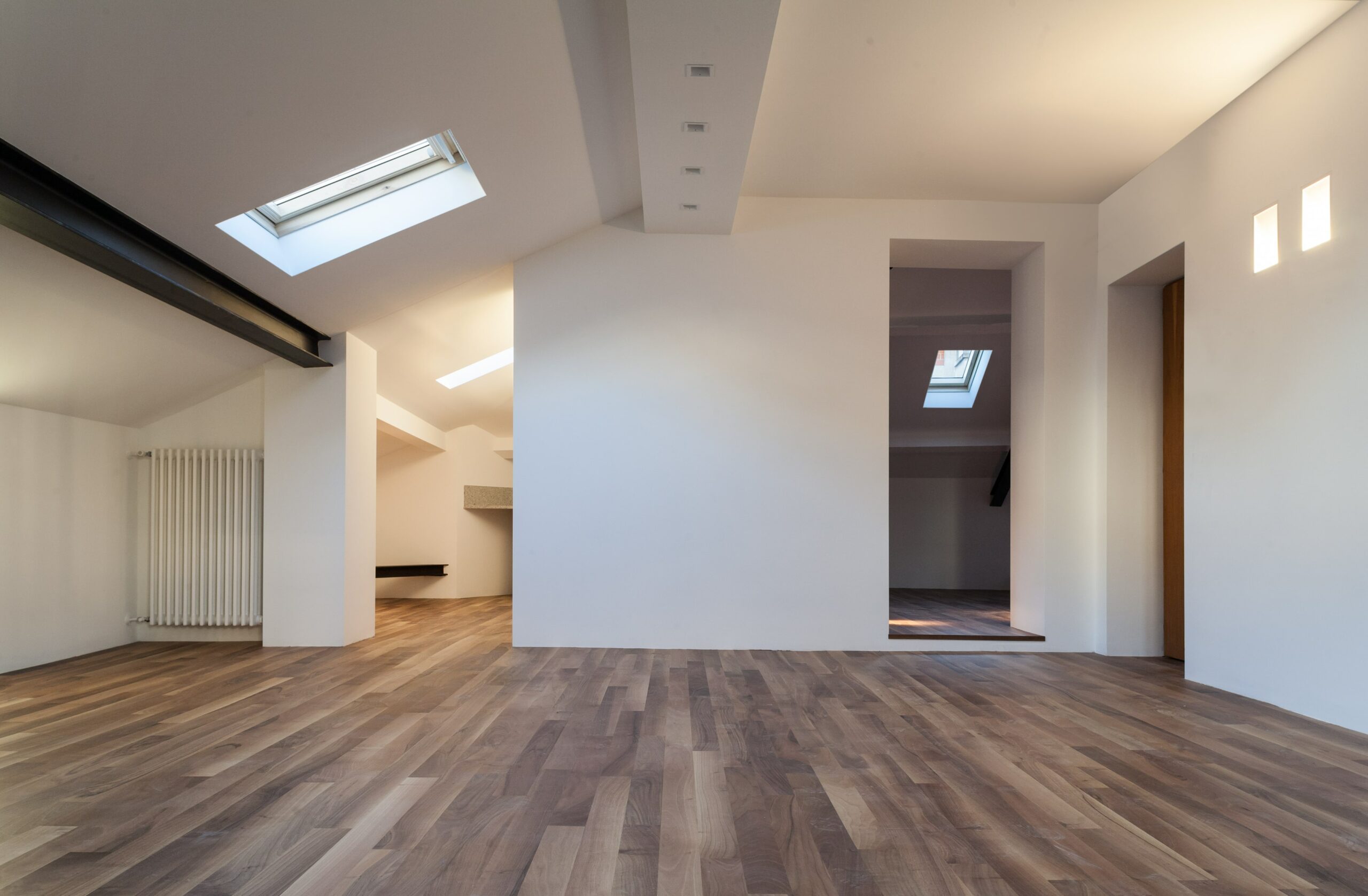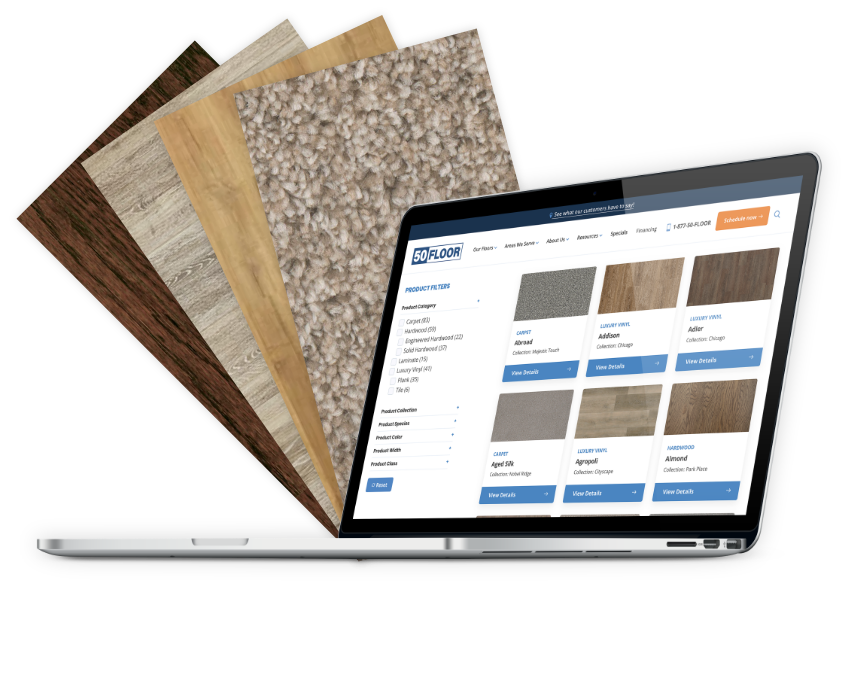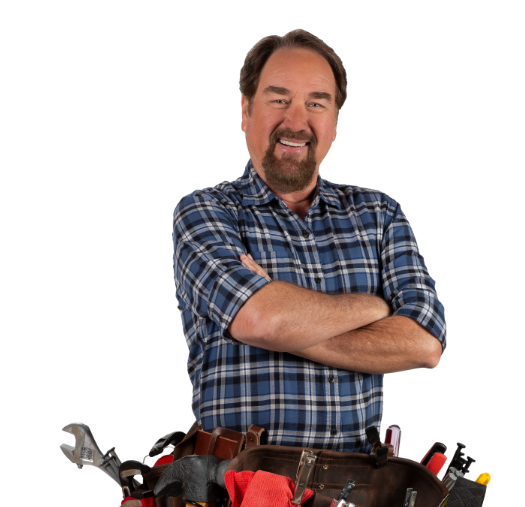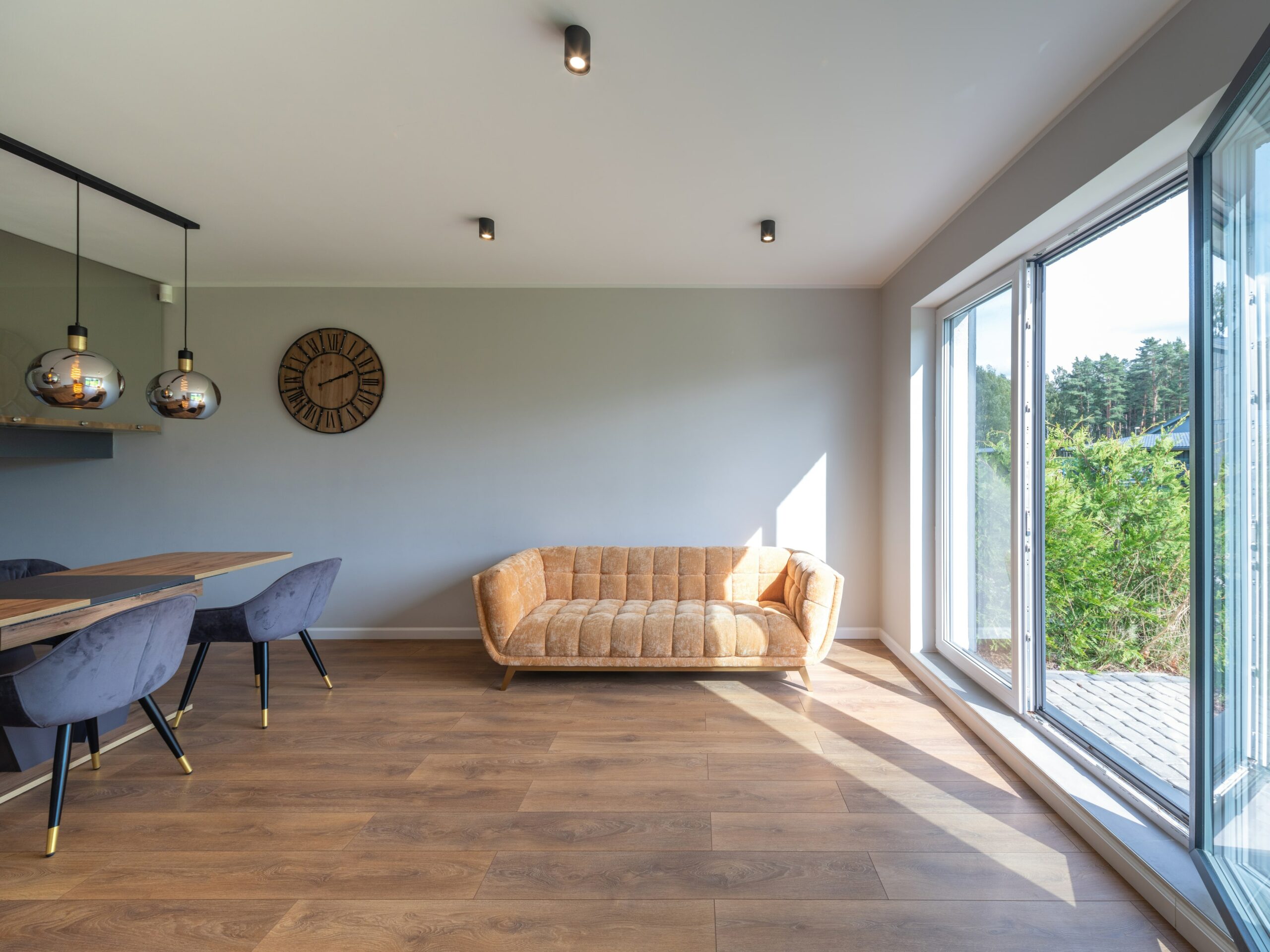Whether solid or engineered, hardwood floors are popular for their durability, beauty, and timeless appeal. While both types offer some unique benefits, the best choice depends on your lifestyle, home needs, and budget.
Let’s explore the features of solid and engineered hardwood to help you make the right choice.
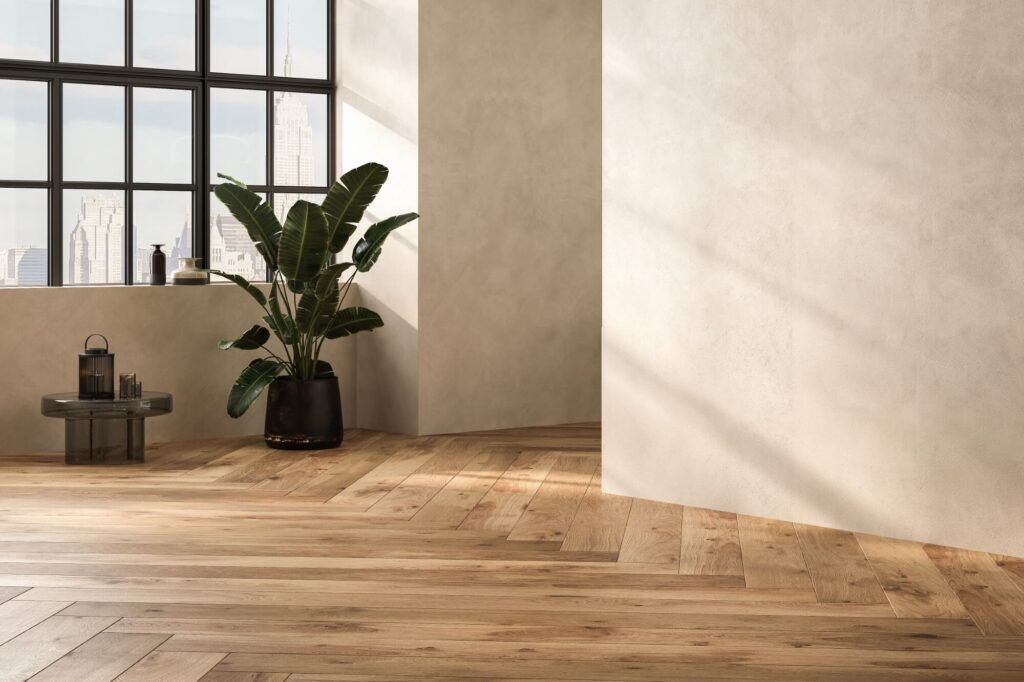

What Is Solid Hardwood?
Solid hardwood is made from a single piece of natural wood. Each plank is cut from a solid piece of timber and milled to size. This type of hardwood has been used in homes for centuries and is still a favorite for its classic appearance.
Features of Solid Hardwood
- 100% natural wood.
- Typically ¾ inch thick, allowing for refinishing many times.
- With proper care, solid hardwood can last for decades.
- Available in many wood species like oak, maple, and cherry.
Solid hardwood offers excellent durability, but it’s not suited to just any environment. Its natural construction can react to changes in humidity and temperature, causing the wood to expand or contract. For this reason, it’s better for areas with stable indoor conditions.
What Is Engineered Hardwood?
Engineered hardwood is made from many layers of wood. The top layer is a veneer of real hardwood. The lower layers are made from plywood or high-density fiberboard (HDF). Both layers make engineered hardwood more stable and moisture-resistant than solid hardwood.
Features of Engineered Hardwood
- Real hardwood veneer with a core of plywood or HDF.
- Resists warping and buckling, even in areas with fluctuating humidity.
- Can be installed on various surfaces, including concrete.
- Available in a range of thicknesses, though it may not allow as many refinishes as solid hardwood.
Engineered hardwood is practical for basements, kitchens, and other moisture-prone areas. Its ability to handle environmental changes makes it a versatile flooring choice.
Solid vs. Engineered Hardwood
| Feature | Solid Hardwood | Engineered Hardwood |
| Durability | Highly durable; can be sanded and refinished multiple times for long-term use. | Durable but can only be refinished a limited number of times due to its thinner top layer. |
| Moisture Resistance | Prone to swelling or shrinking in humid or damp environments. | Handles moisture better; ideal for kitchens, bathrooms, and basements. |
| Installation Options | Requires professional installation; nailed or stapled to a wooden subfloor. | Offers versatile installation options: can be glued, nailed, or floated over various surfaces, including concrete. |
| Appearance | Features natural variation in grain and texture, offering a unique look. | Offers a more uniform appearance while still providing a genuine wood look. |
| Cost | Typically more expensive; cost varies by wood species, plank thickness, and finish. | Generally more budget-friendly, though price depends on material quality and finish. |
Choosing the Right Hardwood for Your Home
When to Choose Solid Hardwood
- You want a floor that can last for decades with proper care.
- The area has stable humidity and temperature, such as a living room or bedroom.
- You prefer a traditional, authentic wood floor with the option for frequent refinishing.
When to Choose Engineered Hardwood
- You need flooring for moisture-prone areas like basements or kitchens.
- You prefer a floor that’s easier to install over concrete or radiant heating systems.
- You’re looking for a cost-effective hardwood option that still offers natural beauty.
Maintenance Tips for Both Types
Both solid and engineered hardwoods need regular care to keep them looking their best.
Here are a few tips:
- Sweep or vacuum regularly to remove dirt and prevent scratches.
- Wipe up spills immediately to avoid water damage.
- Use felt pads on furniture legs to avoid scratching the surface.
- Solid hardwood can be refinished as needed. Engineered hardwood can be refinished less frequently, depending on the veneer thickness.

